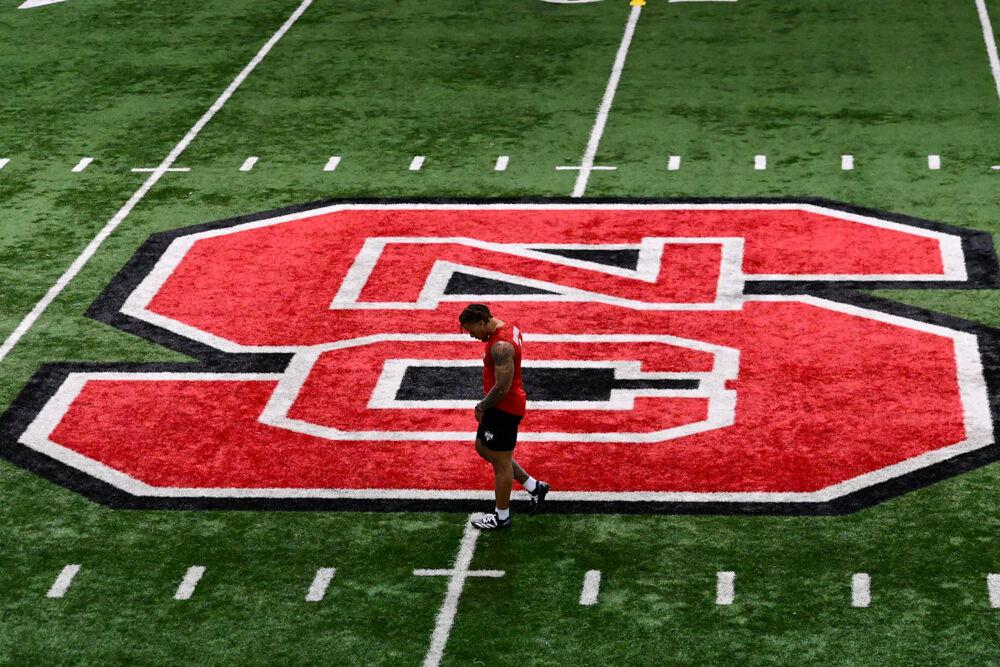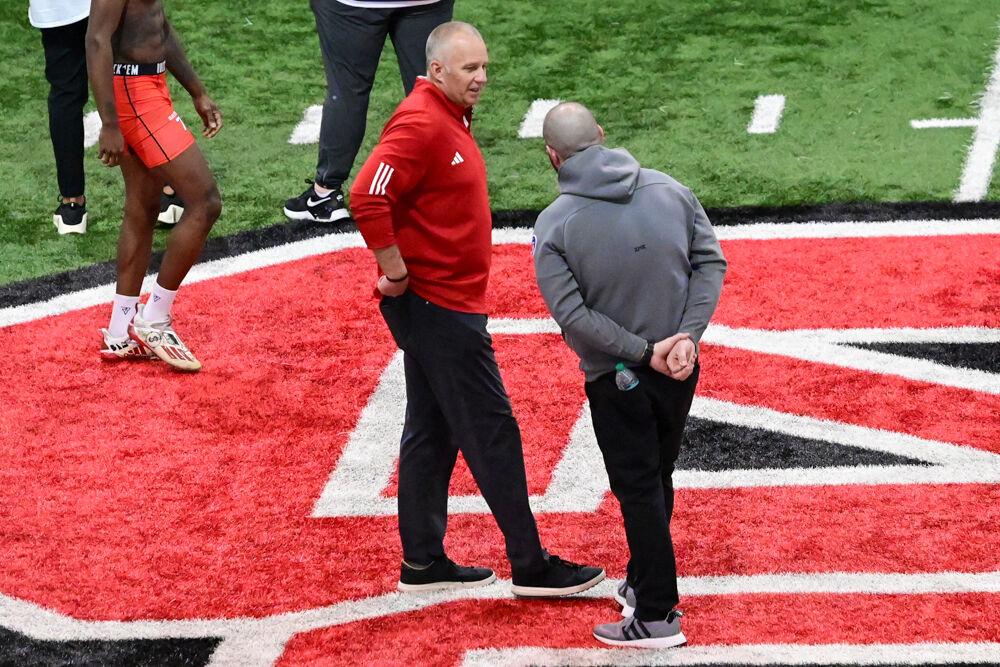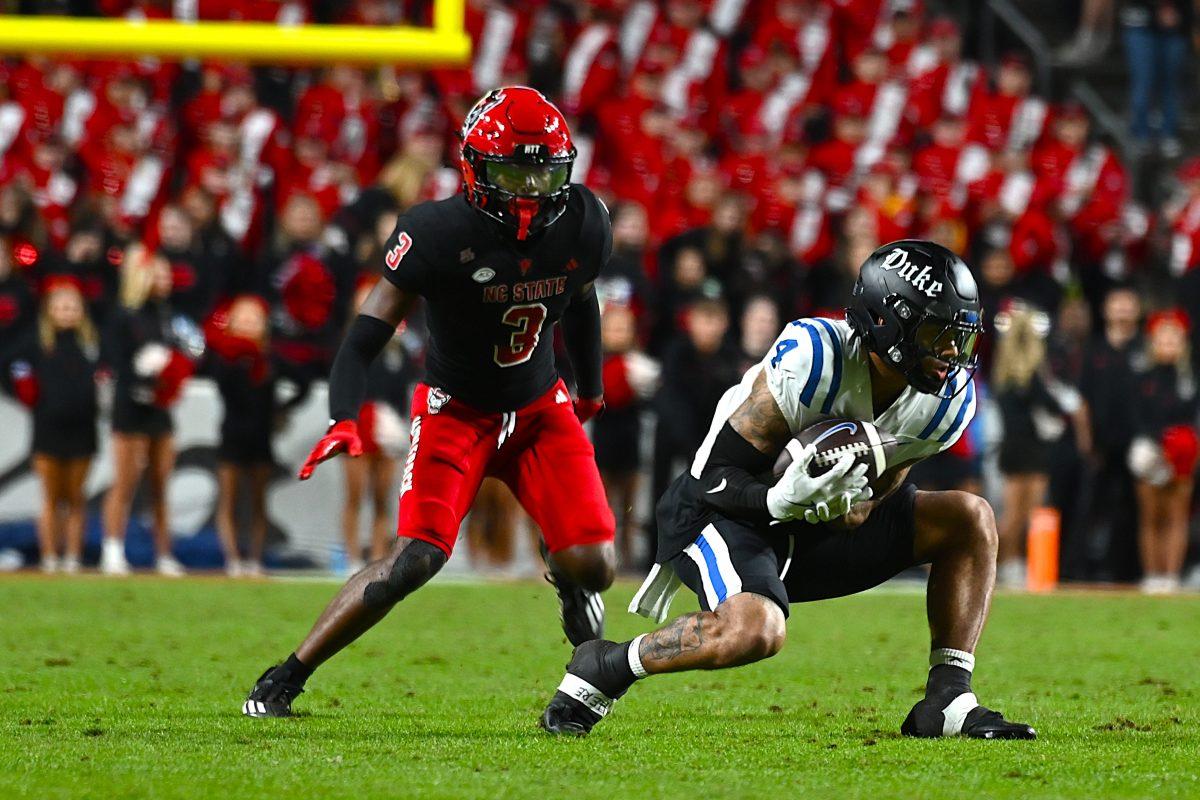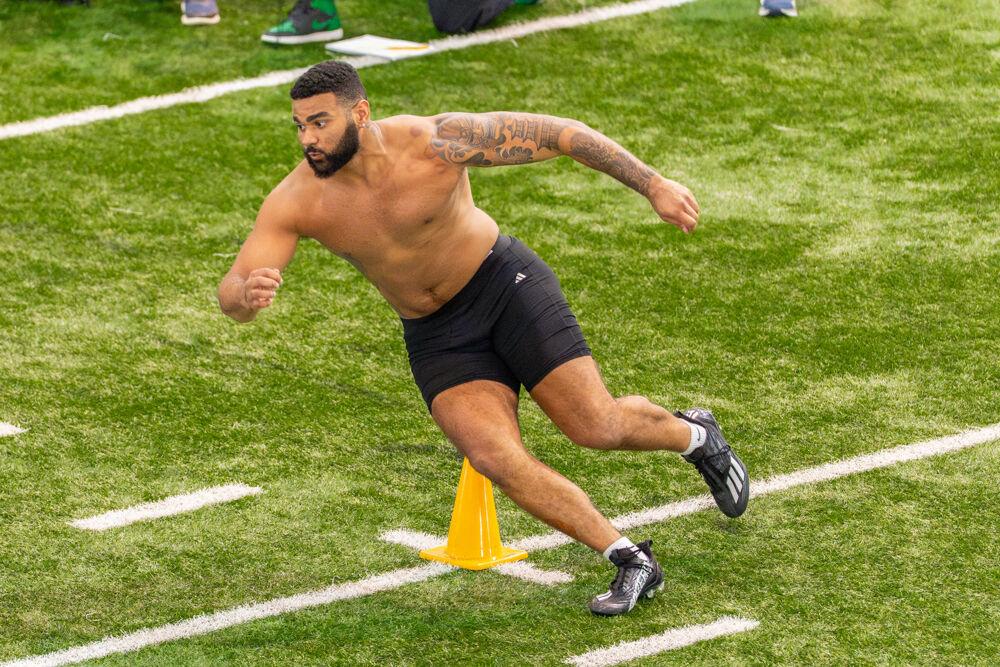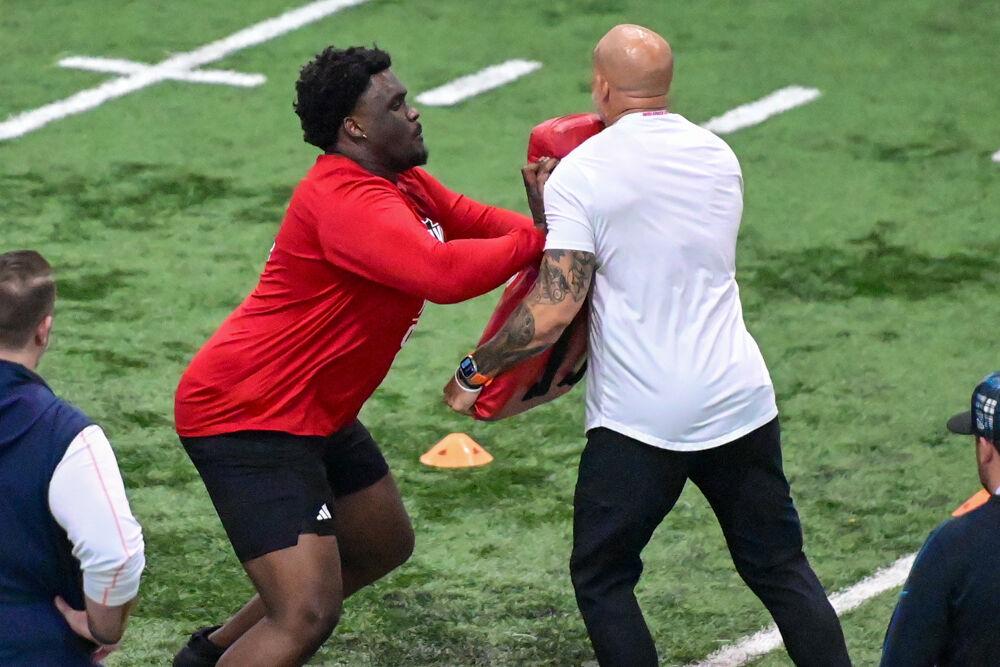In a year unlike any other, NC State and other universities in the college landscape had to manufacture ways to conduct athletic events for student-athletes to participate in and for the public’s viewing pleasure. In trying to create some semblance of a normal year, there are things we can learn from 2020 for use in future seasons.
-
There’s no good reason to make transfers redshirt
For those who don’t know, for the longest time, the NCAA has required Division I football, basketball and hockey players to sit out for one season if they transferred to another Division I school (unless they had graduated). While there are exceptions, they are few and far between, and the conditions to qualify for a transfer waiver are so specific that most don’t come close to getting one.
After not having college sports since early March, it has become apparent that having sports to watch is something people took for granted. I’m sure student-athletes felt the same way and were itching to get back to playing. But in some ways, the student-athlete experience in 2020 isn’t too different from the transfer experience that student-athletes have had to deal with since time immemorial, with the sitting out, being unable to play and whatnot. Of course, there’s a good reason why student-athletes couldn’t even practice for much of the year, but the reason for student-athlete transfers to sit out for a year isn’t as convincing.
The NCAA has temporarily allowed players enrolled in the fall of 2020 to transfer without redshirting, so there’s at least some hope the higher-ups in college sports can see how arbitrary a punishment it is. Regardless of what happens, if you want to stop student-athletes from playing sports, doing so to prevent the spread of a contagious disease will always be a good reason and doing so because they did something as harmless as transfer will always be a bad one.
-
Maybe limited attendance can be a good thing?
Obviously, if most people could choose, they’d rather be outside, and once it’s safe to do so, people should go out. But the last year has called into question why places don’t always limit the number of people around or mandate people to stay a certain distance from each other.
Limiting how many people can enter a building and forcing people to stay 6 feet apart is a good way to not only prevent the spread of COVID-19, but also other common maladies we deal with in a normal year. I hope we continue to try and limit the kind of close interaction where disease could thrive in the aftermath of the COVID-19 pandemic.
It’s a lesson that stores, office spaces and other public buildings should learn, but since there’s no place that packs people in like sardines quite like stadiums and arenas, if there’s any place that needs limited attendance in a post-COVID world, it would be in those stadiums and arenas.
-
Nonconference schedules should be longer
NC State football only had one nonconference game on its regular-season schedule, a game against Liberty. NC State was able to compensate for this by adding more conference games in its schedule, but it made for a really generic season against the same old teams in the ACC. As much as I appreciated getting to see football at all this season, it didn’t change the fact that I would’ve much rather seen NC State take on an SEC or Big-12 school than play another game against Syracuse or Boston College.
NCAA football teams were forced to have schedules largely composed of conference opponents in order to keep clusters of teams away from each other, but I don’t think many can stomach more than one year of almost purely conference games if they can help it. Nonconference games add flavor to the schedule and variety for fans as they get to see their favorite teams play schools they otherwise would never watch. As soon as the world turns back to normal, not only should nonconference schedules be restored to their normal length, as I no doubt think they will in football, but they should be lengthened across all sports.



